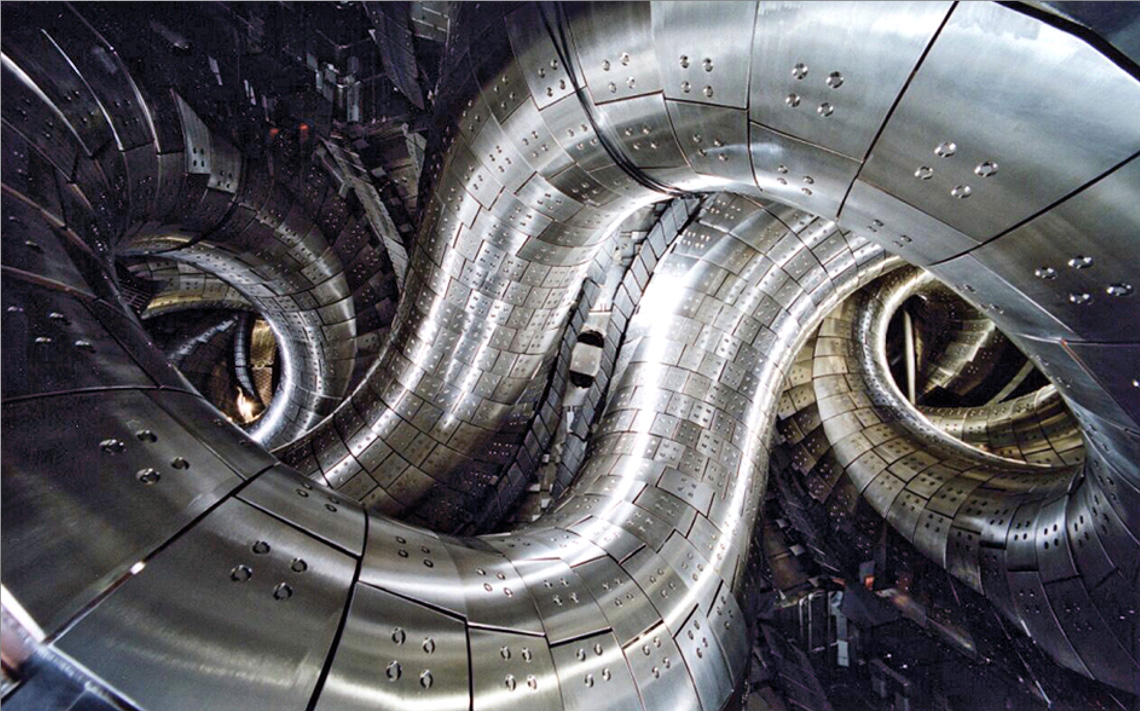Using a conventional fusion reactor called the Large Helical Device (LHD), a team from Japan’s National Institute of Fusion Science (NIFS) studied the viability of reactions using hydrogen-boron (p-B11), a cheap and abundant fuel that produces no particles that are harmful to the environment. Although the experiment was carried out on a small scale and at even higher temperatures than used for standard fusion fuel, it represents proof of concept of a theory presented by TAE Technologies, a startup founded in California in 1998 for the purpose of developing commercial, economically viable, and safe methods of generating electricity through nuclear fusion. Hydrogen and boron can both be extracted from seawater and boron can also be extracted from the earth’s surface. They are neither toxic nor radioactive and the products of the reaction—the alpha particles, formed by a nucleus of the helium atom—are equally harmless. Most fusion research has used a combination of two hydrogen isotopes (deuterium and tritium), because they require a much lower temperature than p-B11 (Nature Communications, February 21; Science, February 28).
RepublishEnergy
Reactor tests alternative fuel in Japan

The LHD, used to test new forms of energy production via nuclear fusion
NIFS